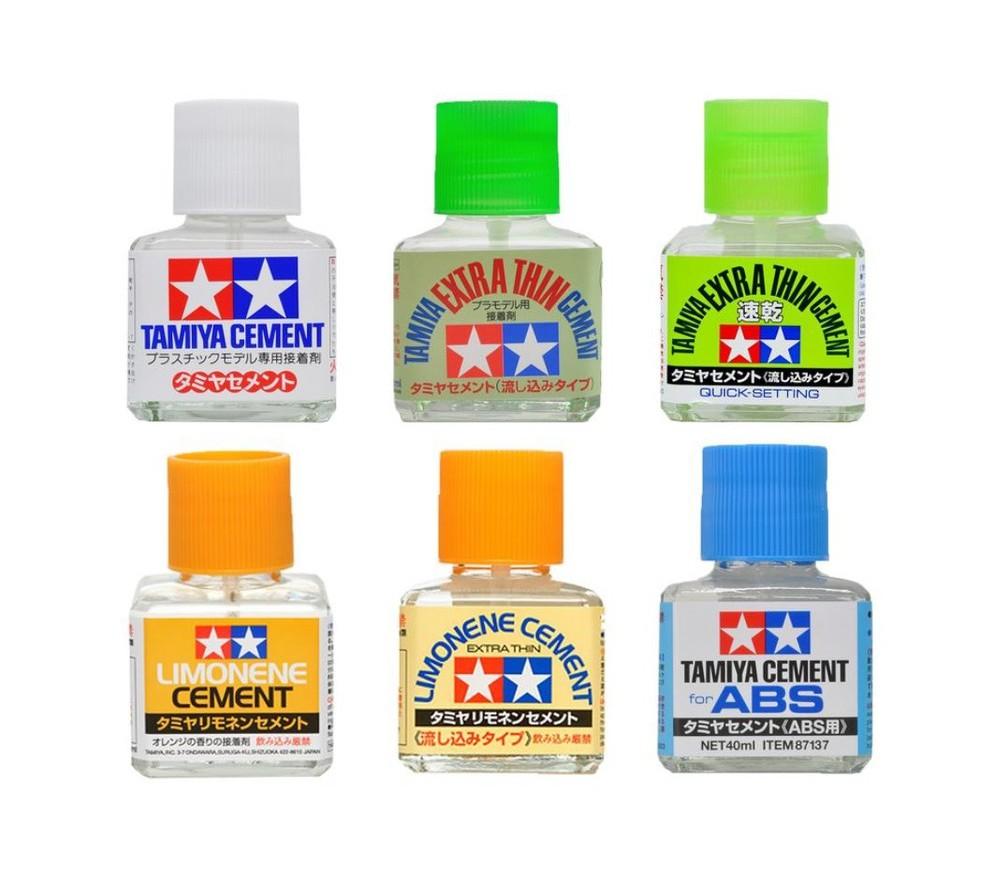
Using Plastic Cement Types as Assembly Tools
Skill Level: Beginner to Advanced
Plastic Cement Types
In this article, we will discuss and examine how different types of cement are used as a tool when bonding styrene (High Impact Polystyrene – HIPS) parts together found in model kit plastic and white styrene scratch building material. Unlike glue, a mechanical bond between parts, liquid cement melts the two parts together to become one. Some plastic liquid cement is a high viscosity, resembling honey, others have medium viscosity, like olive oil, whereas others with low viscosity, flow like water. Each type of cement performs differently.
This article discusses Tamiya, AK Interactive and Mr. Cement types. All cement types are effective and robust, however, each has different application characteristics.
Tamiya Cement, AK Interactive Cement and Mr.Cement is blended to regulate solvent aggressiveness or “heat” in a controlled manner to prevent styrene deformation. The hotter the cement, when pooled or excessively applied on large parts, may disrupt or deform styrene molecular structure such as dimpling with prolonged softening before complete curing takes place.
💡 Heat is defined by how aggressively the plastic cement formulation actively dissolves the styrene. The hotter the plastic cement, the greater care is required in its application. Hot cement continues to soften styrene after it appears to have evaporated from the surface, especially where it is applied heavily and allowed to flow excessively in and around parts.
Cool cement permits the longest work time, referred to as open time, whereas warm and hot cement reacts faster to styrene reducing placement and readjustment time for parts. Hot types of plastic cement create an instant solvent weld between parts making disassembly and adjustment difficult if not impossible. Misaligned or misplaced parts often require separation by cutting to reposition or correct.
Plastic cement types are colour coded for easy recognition. Learning how to use each type of cement will significantly increase your modelling experience and enjoyment.
- 🟦 🟩 Cool
- 🟨 Warm
- 🟥 Hot
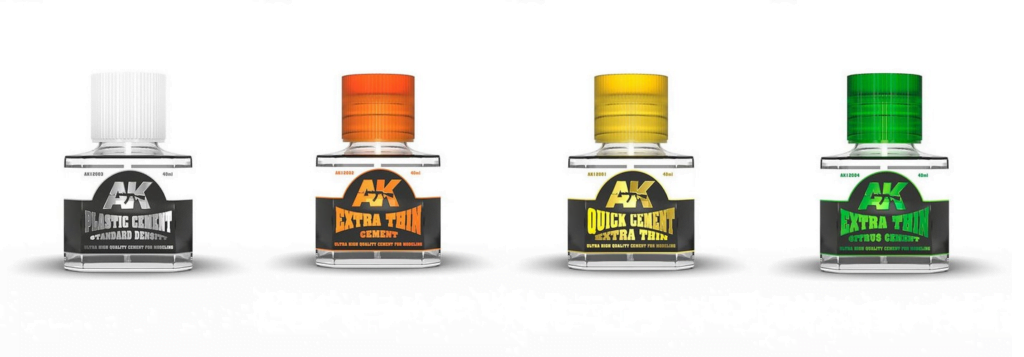
How Plastic Cement Works
The technical process of using liquid plastic cement is known as Solvent Welding.
Solvent Welding is a process where a liquid cement solvent is applied to two plastic surfaces with an identical or similar molecular structure, causing the molecules on both surfaces to break apart. A process we see as a dissolving action.
When the two surfaces are pressed together, the solvent flashes off, and the molecules of the two surfaces reform and bond together. This results in the two surfaces being molecularly welded into one solid piece.
Open Time
Unlike adhesives or glues that dry to form a bond between parts, plastic cement cures, and solidifies the pieces together with the process known as solvent welding. The period the plastic cement is workable until hardening is called Open Time. Some plastic cement types are less aggressive, slow welds, permitting the joint parts to remain softer for more extended work times for part manipulation or adjustment. Other aggressive plastic cement types instantly weld parts together making adjustment difficult, if not impossible. They are known as instant welds.
- 🟦 🟩 Cool Open-time: up to 15 – >30 min (depending on part or application)
- 🟨 Warm Open-time: 3 – >5 seconds (depending on part or application)
- 🟥 Hot Open-time: 1 – >3 seconds (depending on part or application)
💡 Advanced modellers use several plastic cement types on a single project or build. With experience, hot types of cement can be used to soften a previously solvent-welded part for removal and/or adjustment. The success rate varies and is dependent on the application and experience of the user.
🚧 Apply plastic cement sparingly, sufficient enough to hold a part in place. Where cement is lightly applied, especially when assembling complex kits with hundreds to thousands of parts, or where the instruction manual is unclear, minimal plastic cement application permits removal, with care, of the fixed part for readjustment or relocation if need be. See Advanced Pro-tips below for more information.

Types of Plastic Cement
There are General Purpose, Resin Reinforced and Specialized Plastic Cements that perform differently. To further classify plastic cement types, modelling styrene cement can be categorized as Cool, Warm and Hot. The hotter the cement, for example, the greater the cement-styrene interaction for immediate solvent welding. Conversely, the cooler the liquid plastic cement, the greater the work time.
💡 Styrene may vary from kit manufacturer to manufacturer. Some styrene may be softer or harder than others. Having a supply of different plastic cement on hand permits the advanced modeller to select the right formulation for the job. Such a decision call comes from experience and familiarization with different plastic cement types available.
🟦 Resin-Reinforced Plastic Cement
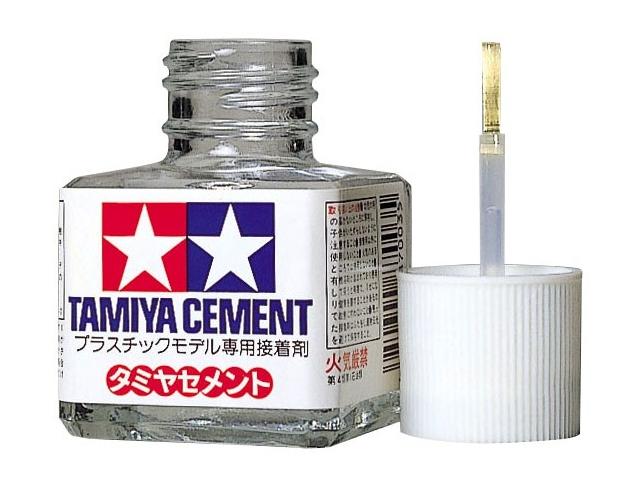
Resin Reinforced
Resin-reinforced plastic cement is the load-bearing workhorse of advanced modellers who use the resin content to reinforce structural elements such as aircraft wing roots, large styrene surfaces such as aircraft wings, ship keels and hulls and scratch-built parts requiring additional strength. Resin-reinforced cement has a structural mass. Solvent welding between parts takes place in addition to hardening clear resin adding strength to the parts.
Since this type of cement is visible, it is best used in concealed or inconspicuous locations where it is not observed. Typically, where clamps are involved to hold parts together during curing.
Bottles
- Tamiya Plastic Cement 87003 40 ml and 87012 20 ml
- Tamiya Limonene Cement 87113 40ml
- AK Interactive Plastic Cement Standard Density 12003 40 ml
- Mr.Cement Deluxe Bottle MC127 40 ml.
- Mr.Cement Bottle MC124 ml.
- Mr.Cement Limonene Cement MC130 40 ml
🟦 Open-time: up to 15 – >30 min
📝 Note: depends on atmospheric conditions, part(s), application and styrene softness/hardness)
Examples Where Resin-reinforced Plastic Cement is Used
Internal structural parts, bulkheads, wing roots, large styrene parts such as aircraft wings, and track links. Link and length and link and link joints remain workable with the slow-setting resin-reinforced cement allowing ample time for assembly and any necessary adjustments for track sag and alignment.
Resin Reinforced plastic cement is ideal for assembling excellent display 1:35 railway bases offered by TRUMPETER. Rails and cross-ties (sleepers) benefit from this cement when applied for a reinforcing bond from underneath the cross-ties and tie plates.
In the images below, scrap sprues were used to raise the cross-ties by 1 mm. The base sections were reinforced with styrene strips for added rigidity. Resin-reinforced cement bonded all sections for additional strength due to their low syrup-like viscosity, remaining in place without seepage or capillary action. In these two examples, Tamiya Cement (white cap) was used.
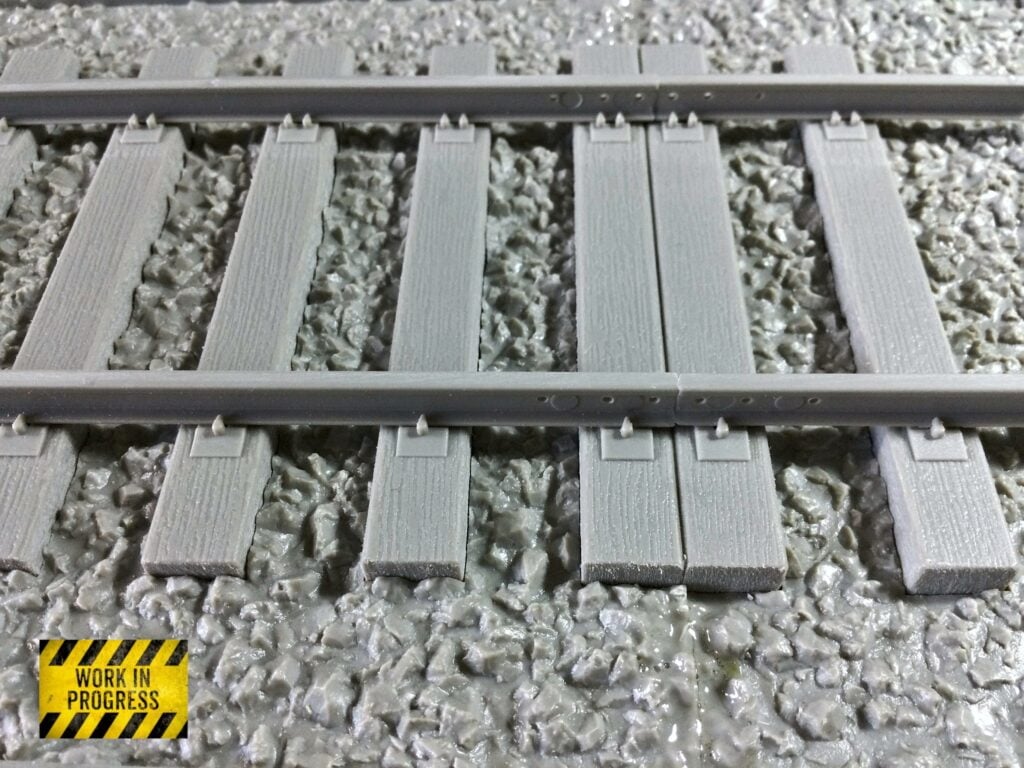
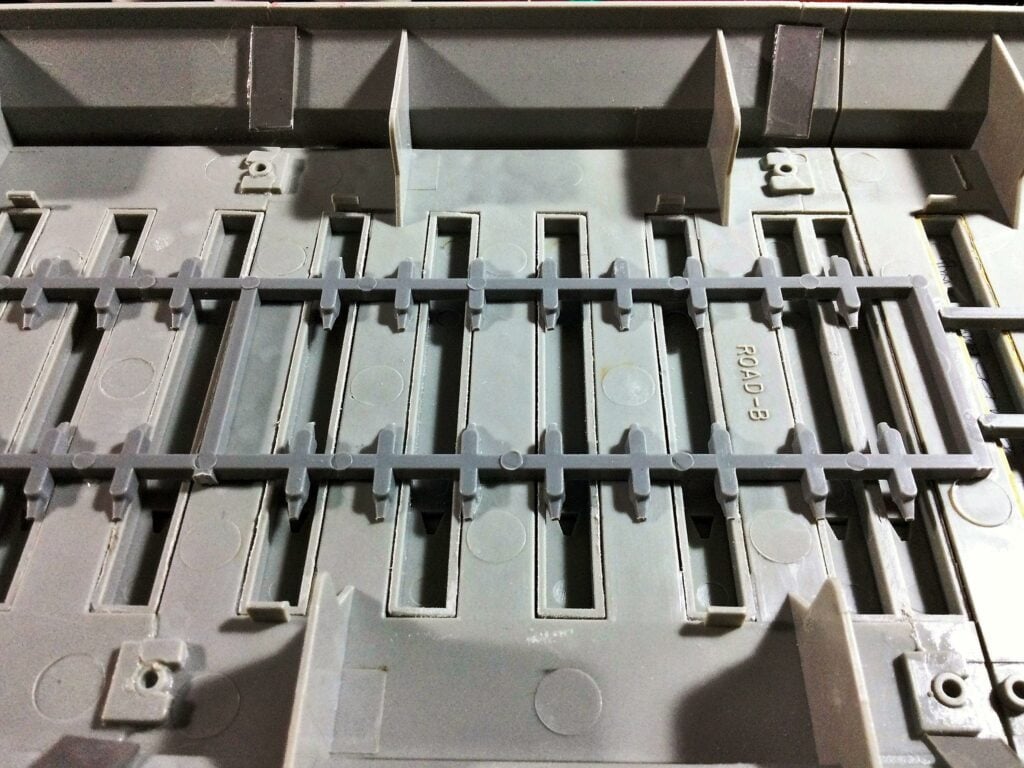
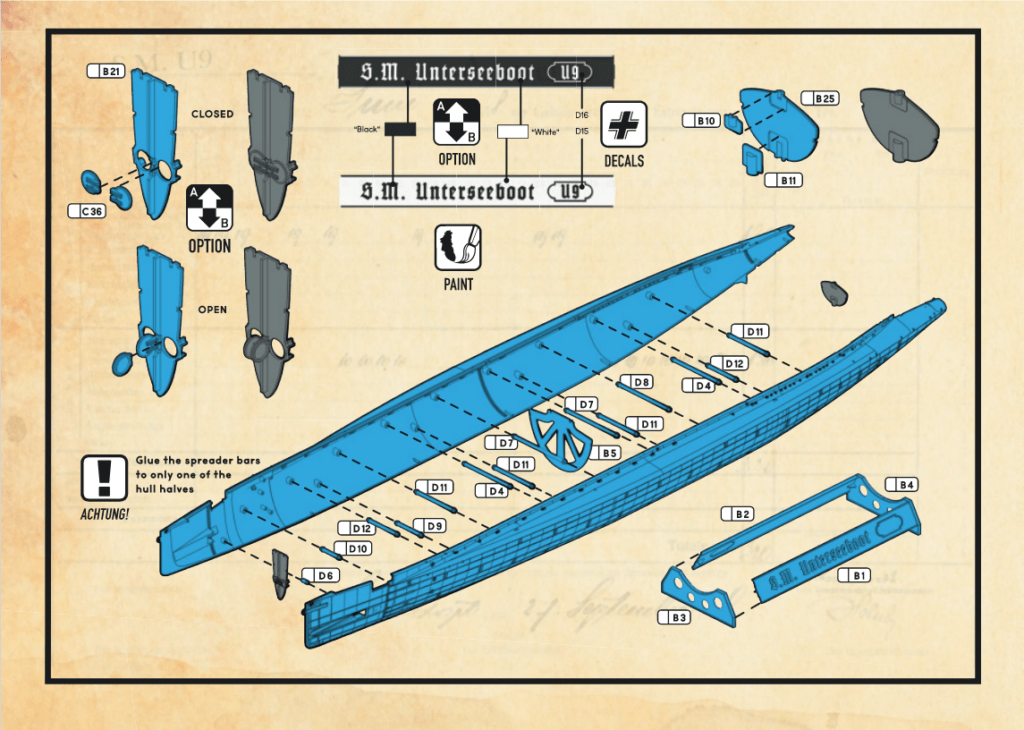
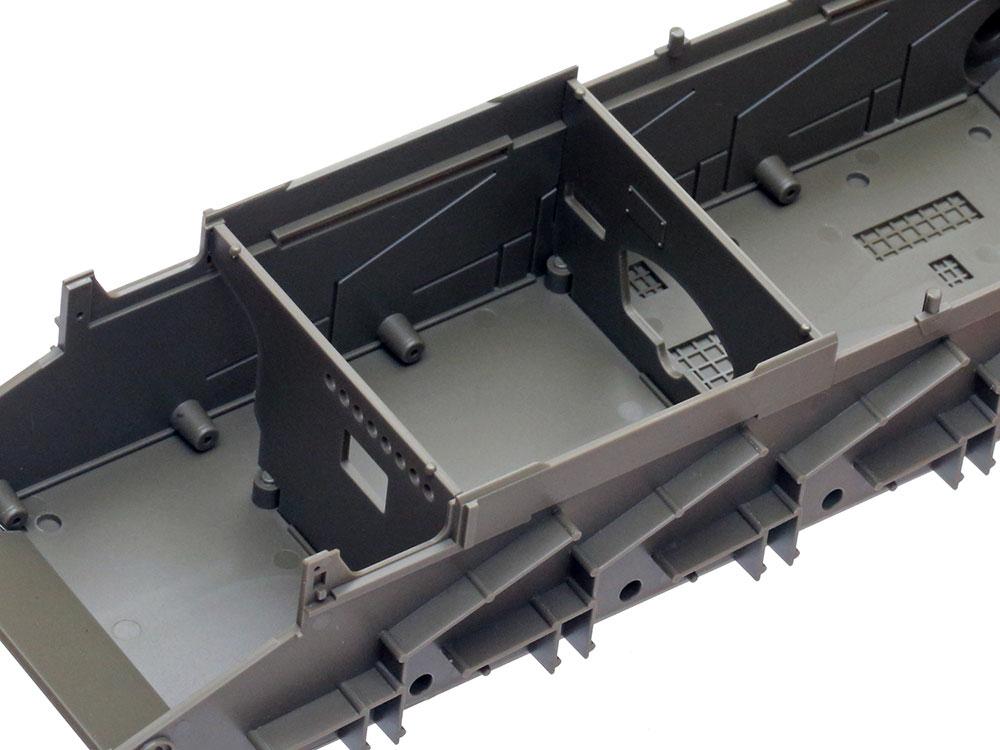
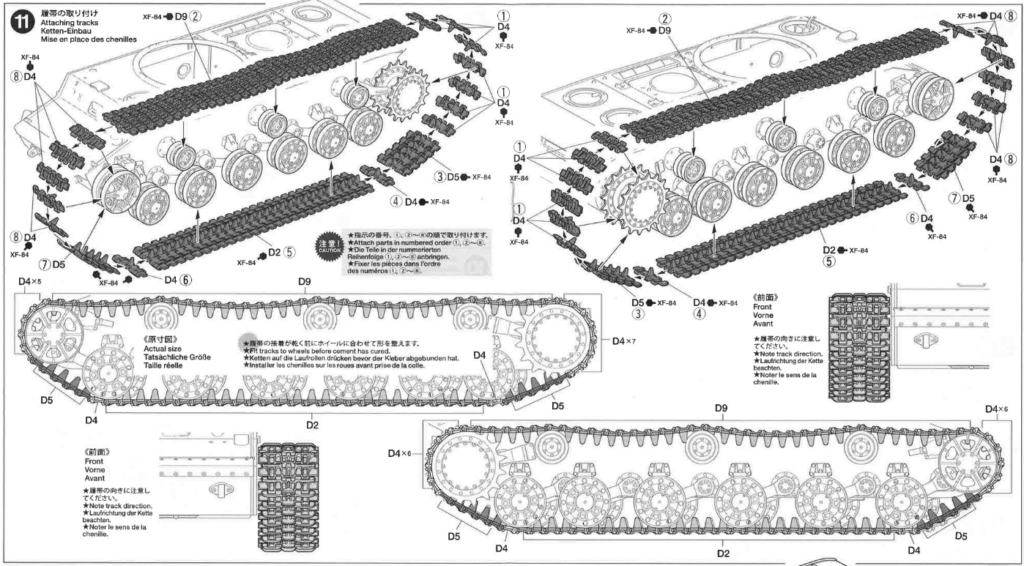
🧰 Pro Tool-tip: When cementing track links and sections, allow the cement to skin over, so it is not tacky for ease of assembly on road wheels, return rollers, idler wheels and sprockets. Cement and styrene remain pliable within the work window. When cured, the track assembly is very strong, resisting separation during handling.
🟨 Extra Thin Plastic Cement – General-Purpose Plastic Cement
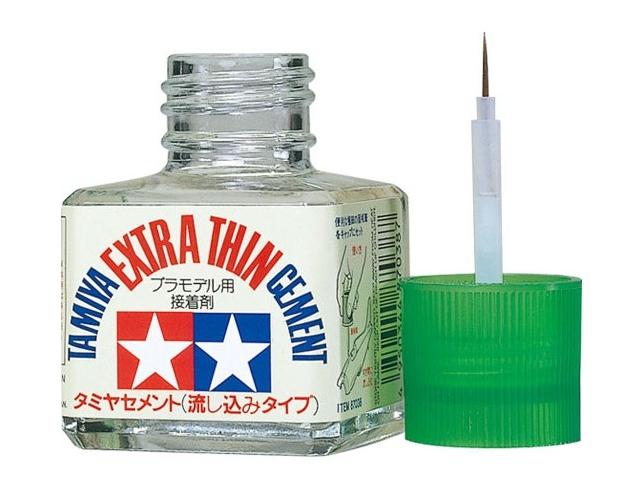
General-purpose plastic cement is a versatile product formulated for all-around use. Localized or spot application with minimal creep.
This type of cement works best where parts friction fit, snap fit or have location markers or pins where no finicky placement is required. Parts may pull free easily if an incorrect part or misalignment is caught within the open-time window.
Extra Thin cement is a low-viscosity, watery-like welding solvent with moderate seeping and capillary action.
General-purpose plastic cement is a versatile product formulated for all-around use. Localized or spot application with minimal creep.
This type of cement works best where parts friction fit, snap fit or have location markers or pins where no finicky placement is required. Parts may pull free easily if an incorrect part or misalignment is caught within the open-time window.
Extra Thin cement is a low-viscosity, watery-like welding solvent with moderate seeping and capillary action. This is best used where localized solvent welds are required.
Bottles
- Tamiya Extra Thin Cement 40 ml
- Tamiya Limonene Cement Extra Thin 40 ml
- AK Extra Thin Cement 40 ml
- AK Extra Thin Citrus 40 ml
🟨 Open-time: 3 – >5 seconds
📝 Note: depends on atmospheric conditions, part(s), application and styrene softness/hardness)
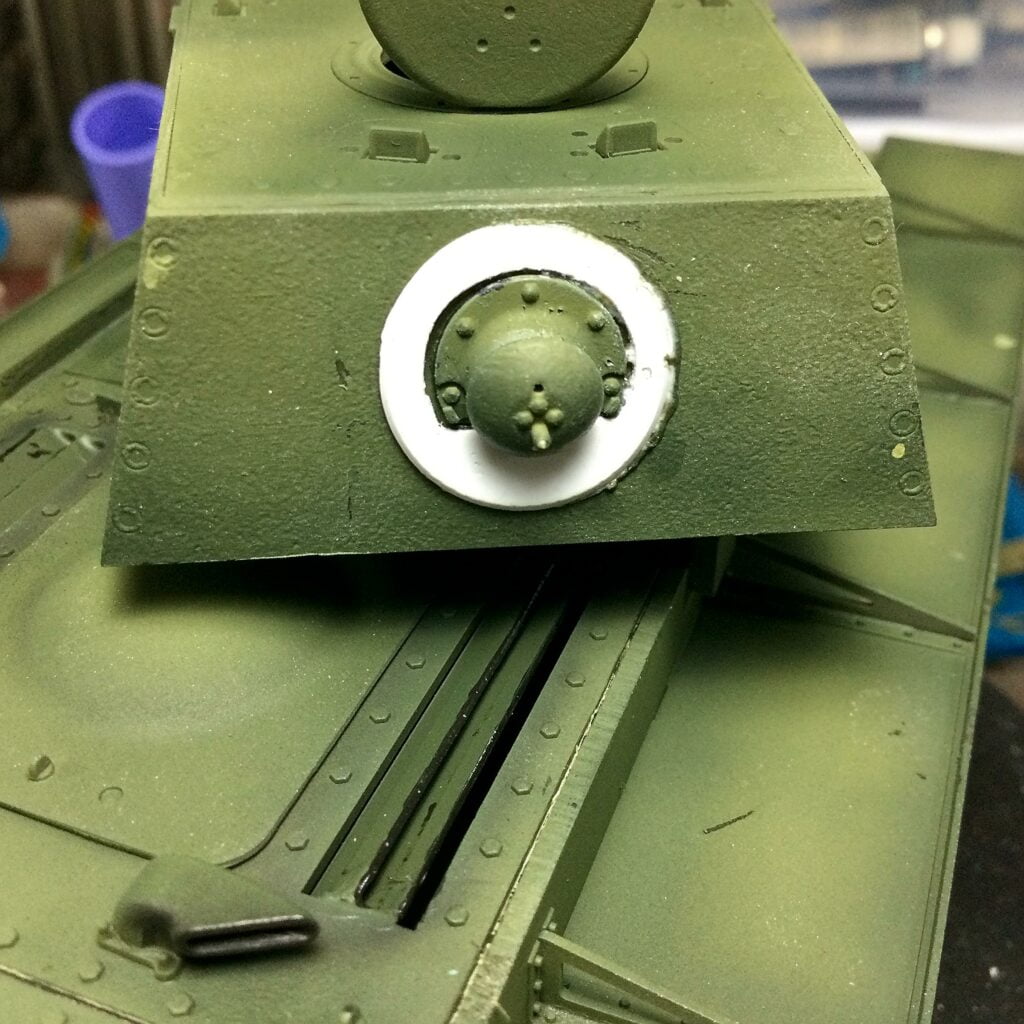
🟥 Extra Thin Plastic Cement – Quick Setting – Specialized Plastic Cement
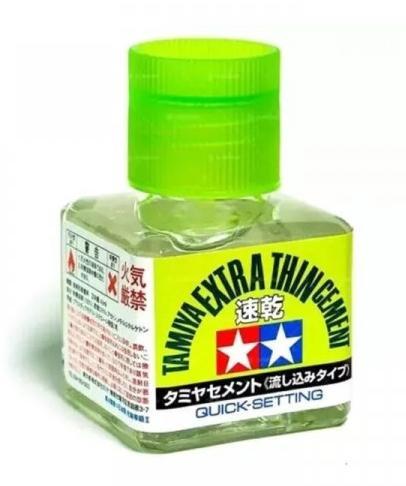
Specialized, high flash-off, plastic cement is for advanced users requiring technical knowledge of its application. It comes in clear and black formulations. High capillary, seeping action. Low watery-like viscosity with high joint and seam penetration.
Specialized plastic types of cement have approximately 66% less viscosity than water with reduced surface tension.
Bottles
- Tamiya Extra Thin Cement Quick Setting 40 ml
- AK Quick Cement Extra Thin 40 ml
- Mr.Cement S (Standard) 40 ml
- Mr.Cement SP (Super Power Clear) 40 ml 🌡️
- Mr.Cement SP B (Super Power Black) 40 ml 🌡️
🟥 Open-time: 1 – >3 seconds
📝 Note: depends on atmospheric conditions, part(s), application and styrene softness/hardness)
🌡️ Extra Strength, hotter super-solvent, cement with an accelerated flash-off rate
⚠️ Where hot cement is allowed to pool or applied excessively, styrene may soften, deforming shape and/or structure
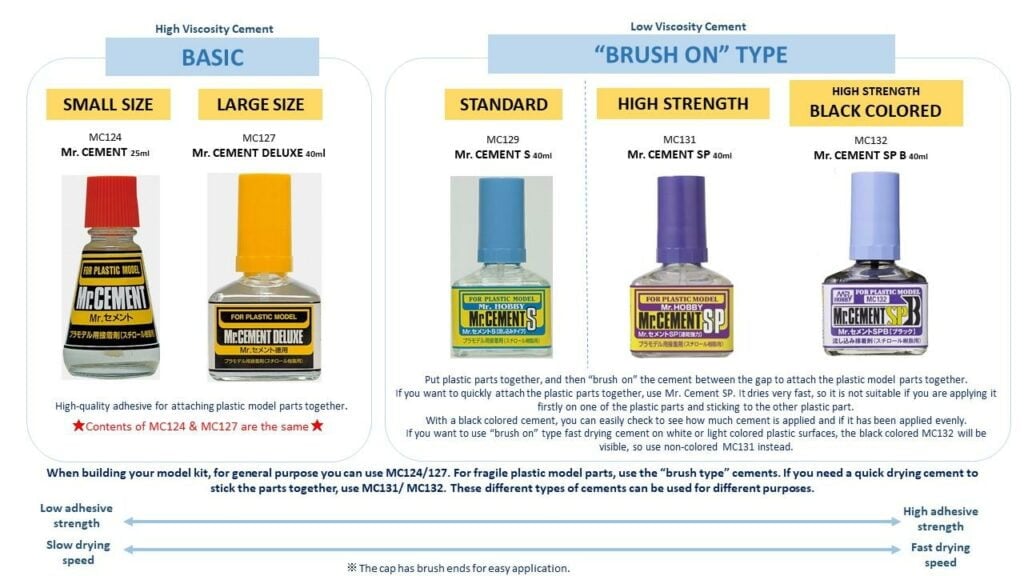
Some old-school modellers may use hardware store or automotive lacquer thinners, acetone, or methyl ethyl ketone (MEK) also known as Butanone as a plastic cement because it dissolves polystyrene (High Impact Polystyrene HIPS) on contact. All of these products are not suitable for modelling and are to be used at the modeller’s peril. 🤔
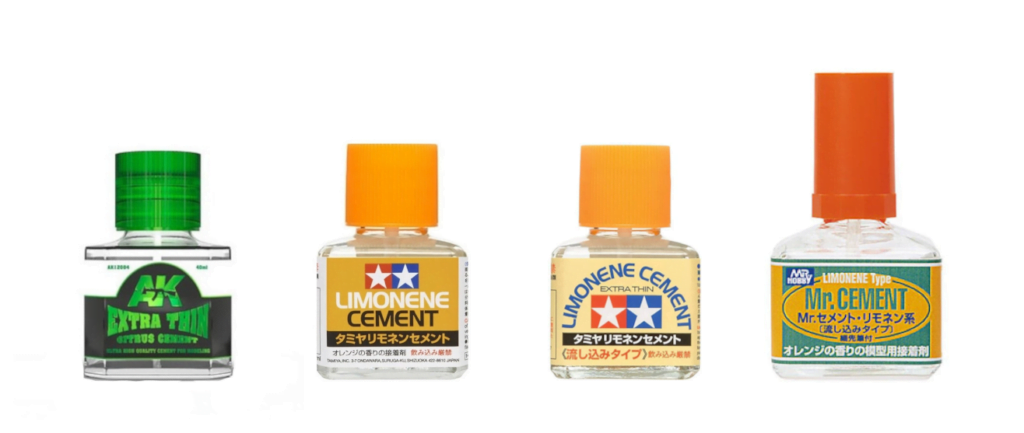
🟩 Limonene Cement- Citrus-Based Solvent
🍋 Citrus-based plastic cement contains Limonene, a naturally occurring substance found in nature. Although having a pleasant citrus fruit scent, this type of cement has a longer open time requiring more care in placement, part support or clamping.
Limonene liquid plastic cement offers up to the user a pleasant orange-citrus scent. For this article, Limonene comes in two types, a high-viscosity resin reinforced based and a thin, low-viscosity, extra-thin formulation. Limonene solvent welding reaction between two pieces of styrene plastic is slower, with a longer open time and slower flash-off, permitting extended work time when fitting complex parts.
Modellers will enjoy using citrus-based cement where longer work times are possible and other benefits such as:
- fresh natural citrus scent 🍊 that is pleasant cement to work with
- use in apartments and confined workspaces
- those with heightened olfactory sensitivity to other types of cement
- longer cure times
We have a tendency to use what we have always used or started out with when it comes to our favourite plastic cement. Seldom do we change or give it a second thought. If it is something we are familiar with, we have a tendency to always use it. If it works, it works.
Something often overlooked is Limonene, essentially a pleasant citrus-smelling orange oil formulation capable of melting polystyrene.
It’s a slow burn, meaning its solvent welding properties are slower than those volatile organic compounds found in typical styrene-dissolving plastic cement but is equally effective.
The major advantage of using Limonene, besides its fresh and pleasant citrus fragrance is longer work time (open-time) when placing or tweaking the position of difficult kit parts.
It’s available in high-viscosity and low-viscosity formulations.
- AK Interactive Extra Thin Citrus Cement 40 ml – thin applicator
- Tamiya Limonene Cement 40 ml – wide applicator
- Tamiya Limonene Cement Extra Thin 40 ml – thin applicator
- Mr.Cement Limonene Cement 40 ml – tapered applicator
🟩 Open-time: 15 sec to >30 min
📝 Note: depends on atmospheric conditions, part(s), application and styrene softness/hardness.
💡 Pro-Tip: Use where parts need to be cemented into place for location fit and adjusted for final positioning during assembly.
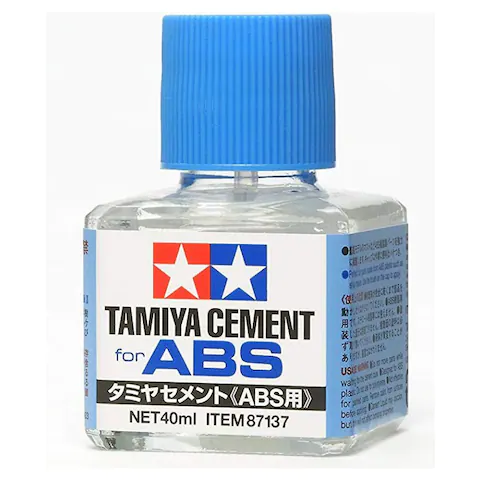
Plastic Cement for ABS (not for model kit styrene (HIPS)
ABS – Acrylonitrile butadiene styrene
This cement is used to cement ABS plastic parts to styrene parts. Suitable for radio-controlled ABS vehicle shells etc. This new cement is specially formulated for use with ABS plastic parts such as the masts in 1/350 scale ship model kits, which cannot be attached by using standard plastic cement.
Modelling plastic cement types will not solvent-weld ABS. They are two incompatible plastics.
Plastic Cement for ABS is used for 3D-printed processes carried out by using FDM machines (fused deposition modelling) utilizing ABS plastic.
🟦 Open-time: 15 sec – >30 min
📝 Note: depends on atmospheric conditions, part(s) or application. ABS Plastics vary. Always test in an inconspicuous area to ensure bonding compatibility.
🚧 Advanced Pro-tips
Freeing Plastic Cemented Parts: The Undo Feature
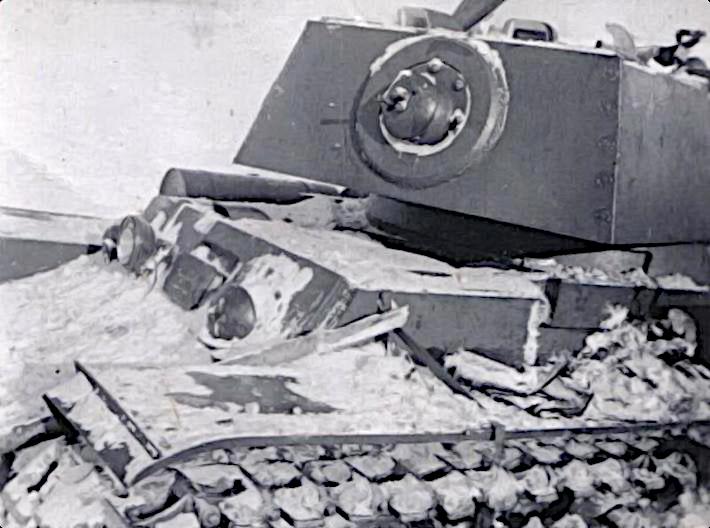
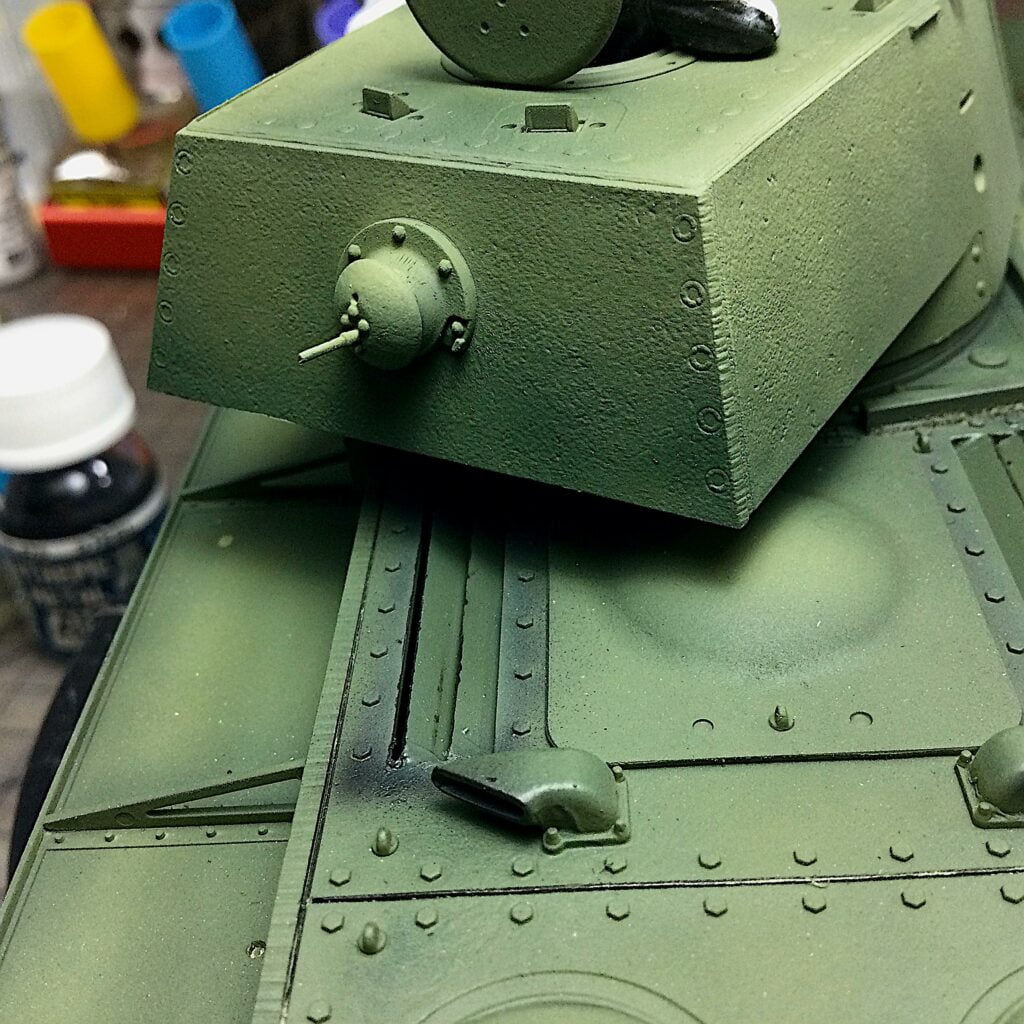
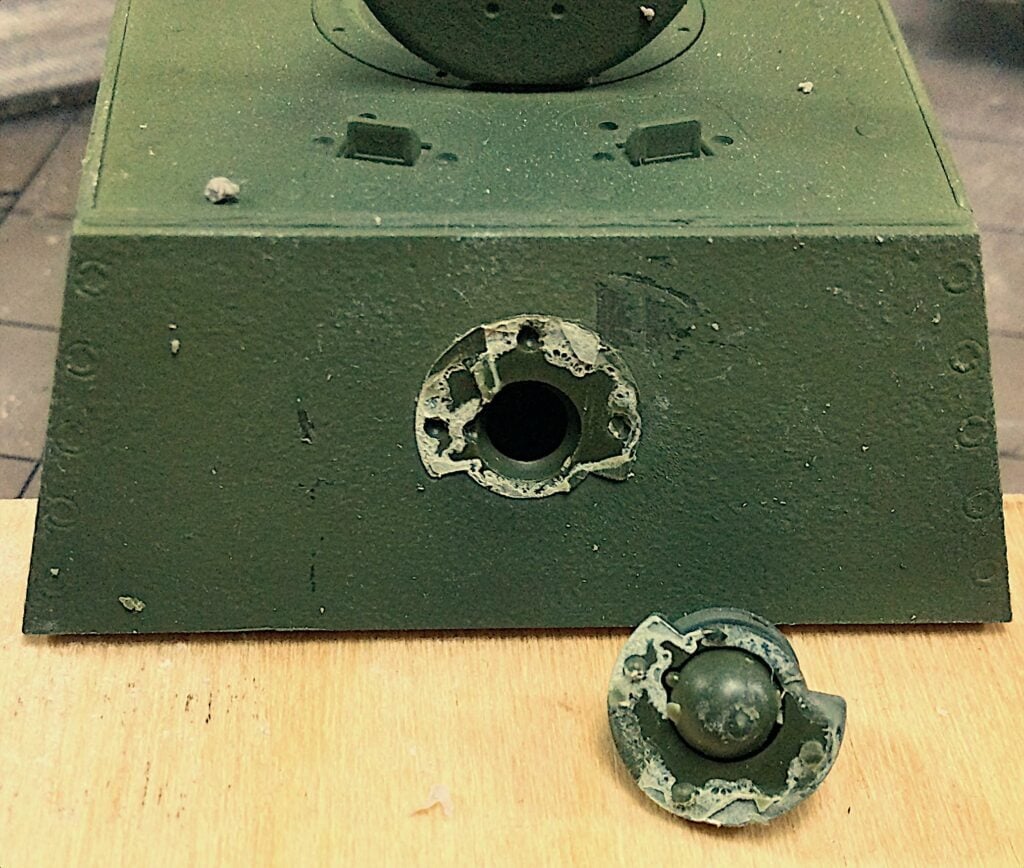
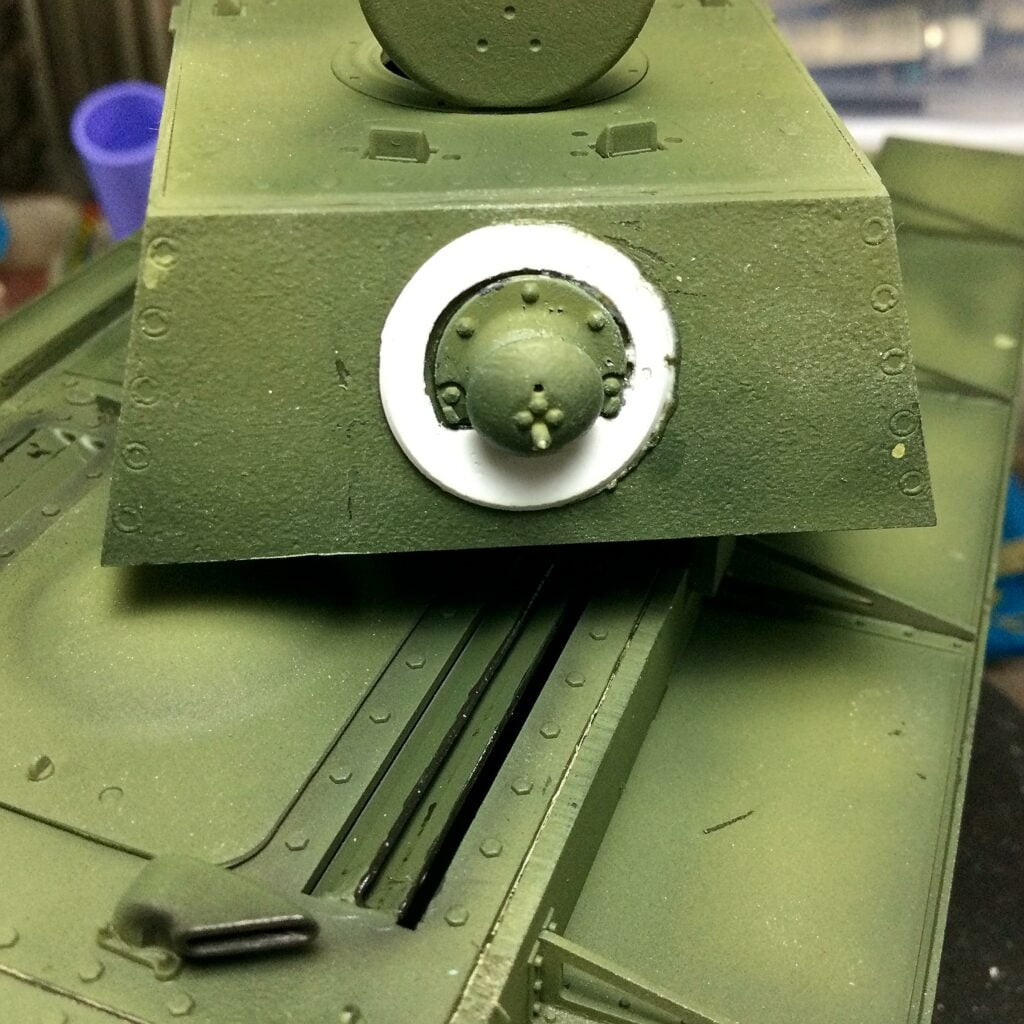
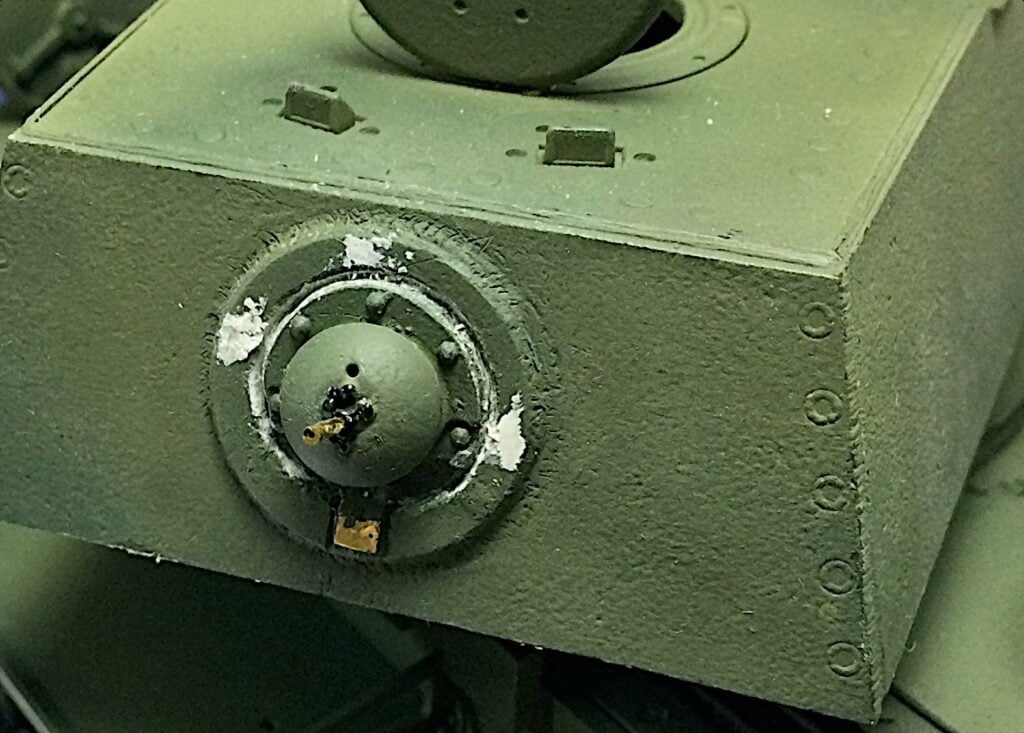
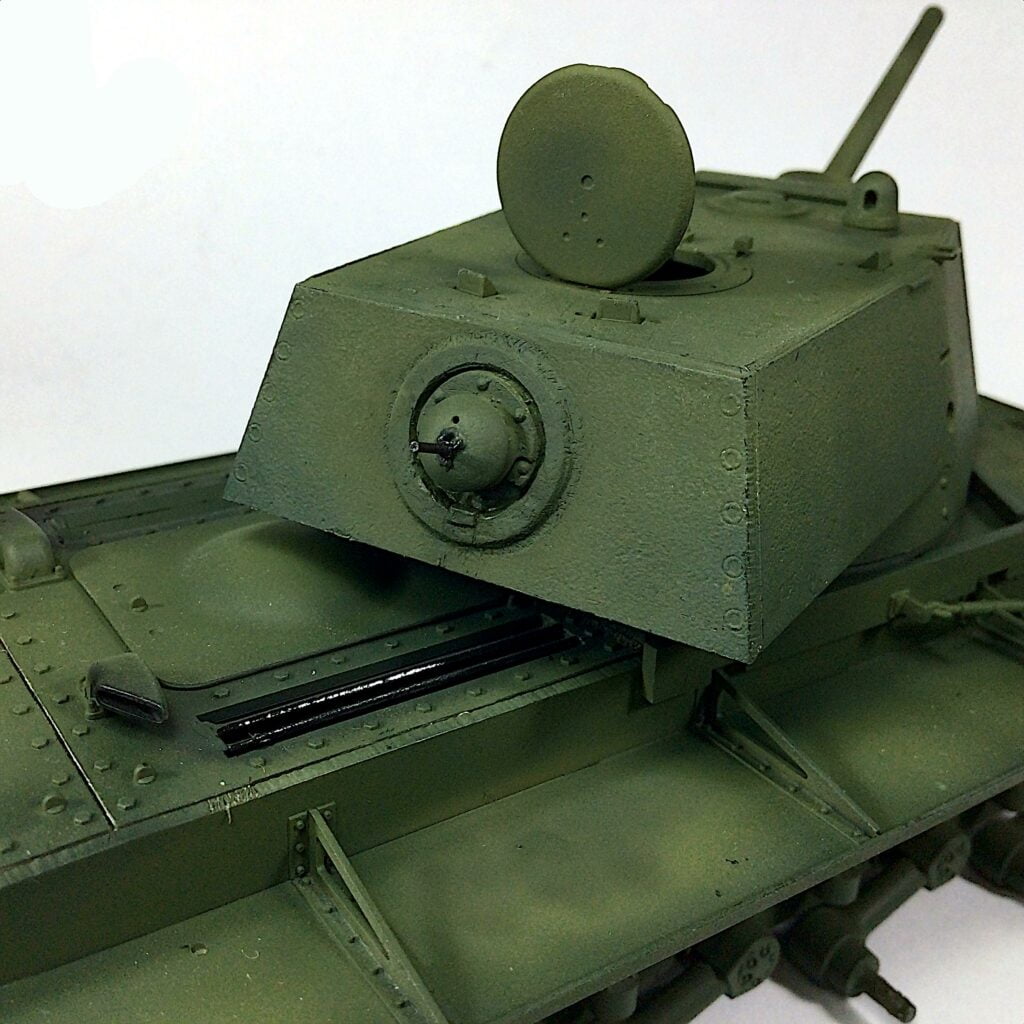
Parts attached with warm 🟨 heat-classified plastic cement types are the easiest to slowly disassemble by using hotter 🟥 plastic cement to soften the previous solvent weld sufficiently enough to release the part. In some cases, a chisel blade is necessary to slide under the part to separate it surgically.
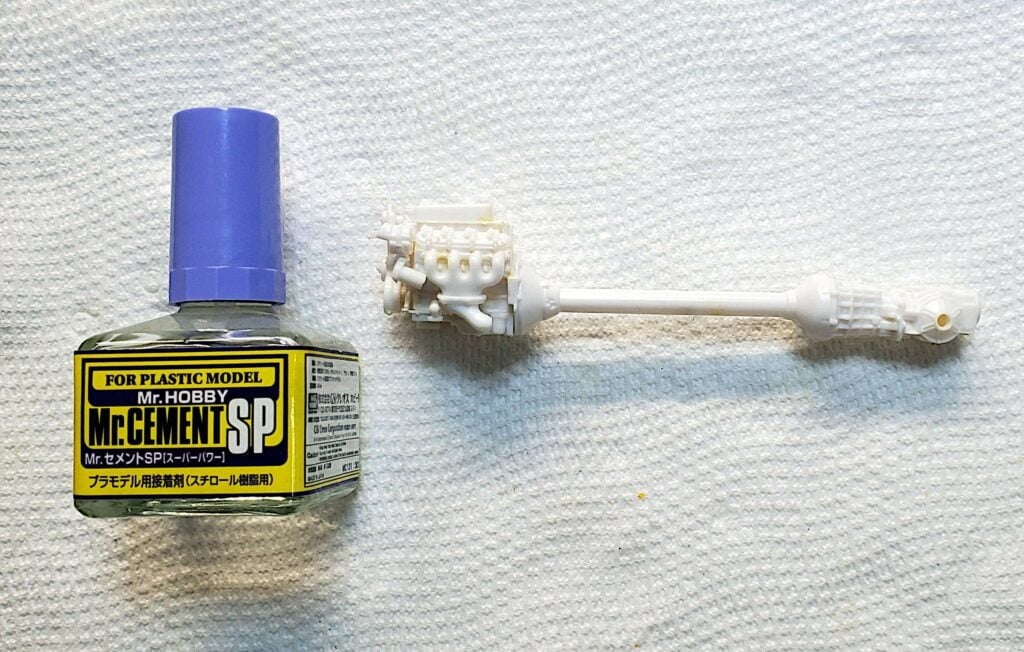
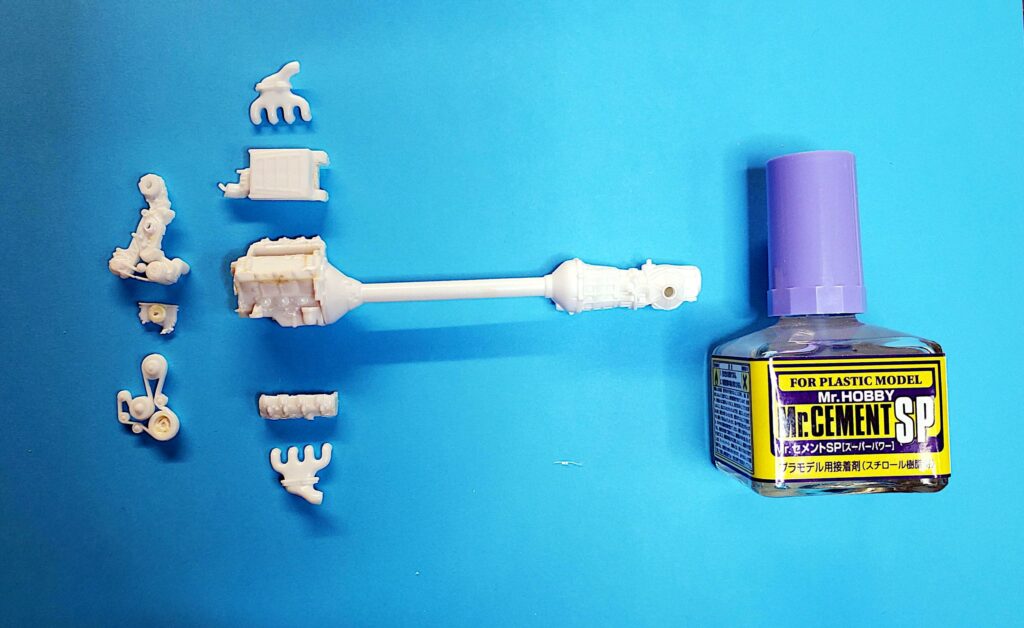
Plastic Cement Type Versatility
Advanced modellers appreciate the range of different plastic cement types for assembly versatility. Having an assortment of different plastic cement types is like a tool chest of different tools, each with a specific purpose.
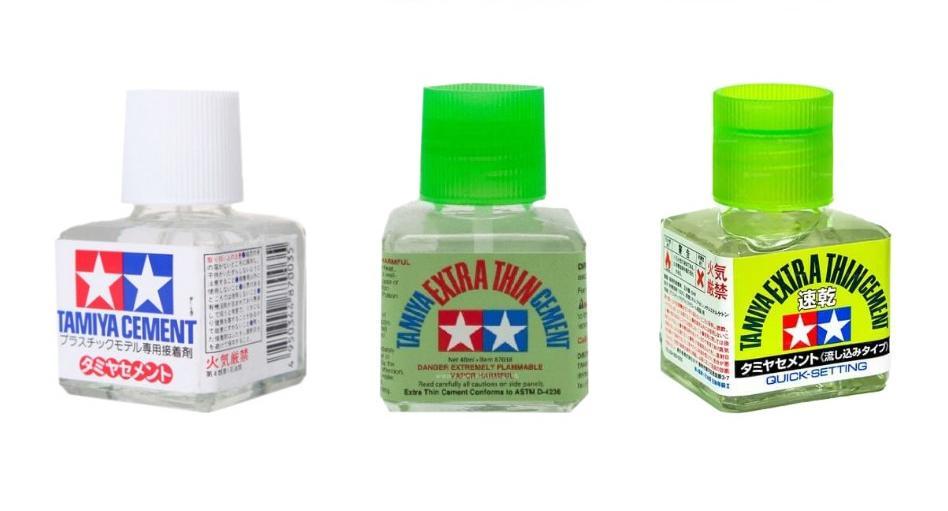
To elevate your modelling game and easily overcome assembly challenges, learn how each type of plastic cement works to understand and appreciate its advantages.
Start with a bottle of each cement type and learn how to use each for different tasks and purposes.
James Wooldridge is An enthusiastic scale modeller, researcher, amateur historian, and contributor to scale modelling sites, including Scalemates. He is an active and progressive Facebook Group Expert, Presenter, and Scale Modelling Club Video Host.
